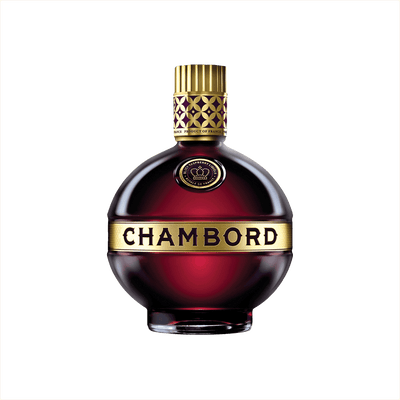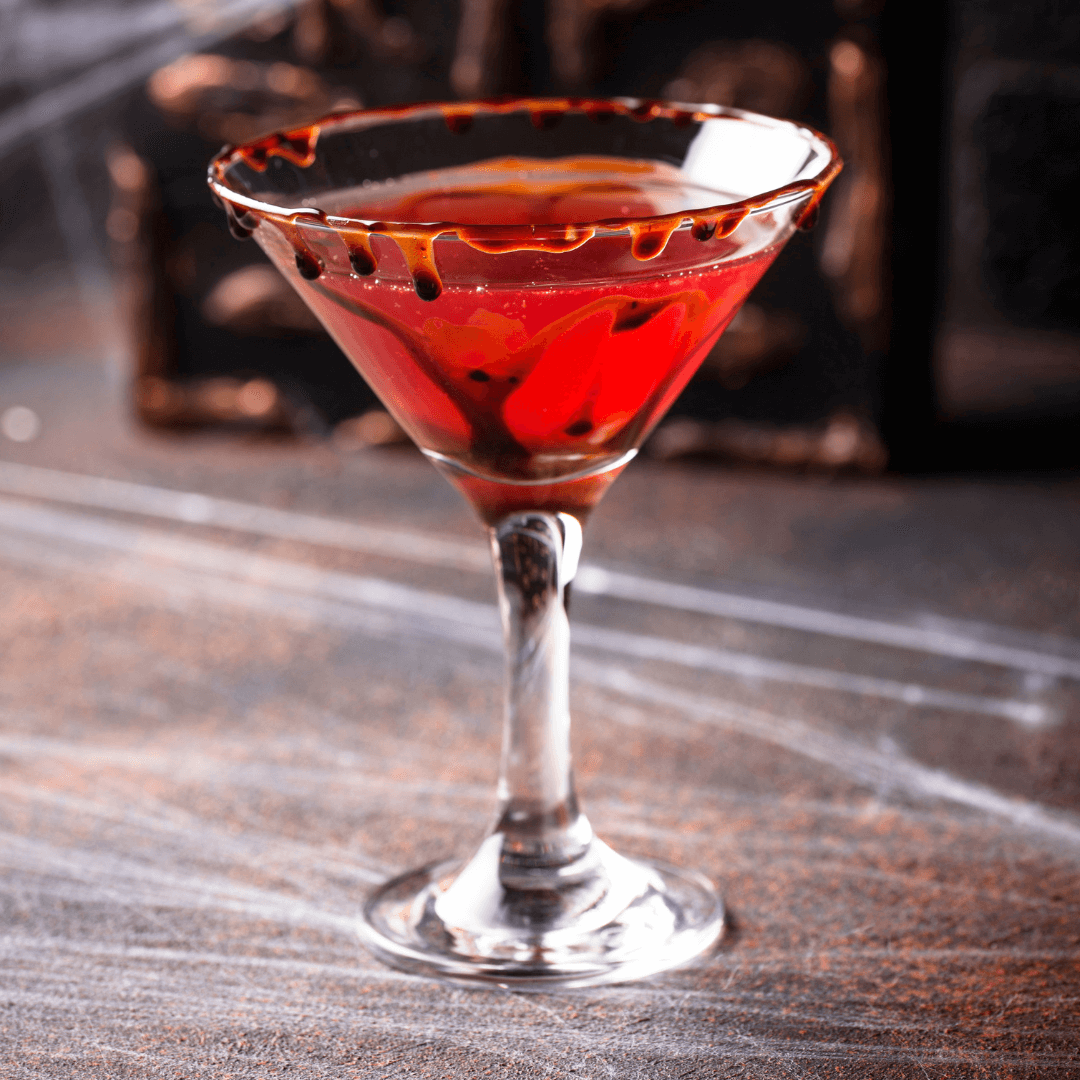Raspberry Liqueur
What is Raspberry Liqueur?
Raspberry liqueur is a sweet, vibrant category within Fruit Liqueurs that captures the intense flavor and bright red color of fresh raspberries through maceration or distillation processes. These liqueurs are defined by their balance of natural raspberry tartness with added sweetness, typically achieved by steeping fresh or frozen raspberries in neutral spirits before adding sugar or simple syrup. The resulting liquid offers concentrated berry flavor with varying degrees of sweetness, making it perfect for cocktails, desserts, or sipping on its own.
Learn More About Raspberry Liqueur
What makes Raspberry Liqueur unique?
Raspberry liqueur stands apart from other fruit liqueurs with its distinctive balance of tartness and sweetness that captures both the bright acidity and jammy richness of ripe raspberries. Unlike cherry or peach liqueurs that lean heavily sweet, or citrus liqueurs that emphasize bright acidity, raspberry liqueur delivers a complex flavor profile that shifts from tart to sweet across your palate. This dual nature makes it particularly versatile in cocktails, where it can add both fruity depth and a subtle acidic backbone that brightens other ingredients without overwhelming them.
How is Raspberry Liqueur made?
Raspberry liqueur starts with fresh or frozen raspberries that get macerated in neutral spirits or brandy for several weeks, allowing the fruit to release its vibrant color, natural sugars, and intense berry flavors into the alcohol. After straining out the fruit solids, producers add sugar syrup to balance the tartness and achieve the desired sweetness level. The mixture then rests and clarifies before bottling, though some premium versions undergo additional aging to develop more complex flavors.
How do you drink Raspberry Liqueur?
Raspberry liqueur shines brightest when mixed into cocktails, where its sweet-tart berry character can play well with other ingredients rather than overwhelming your palate. You'll find it starring in classic drinks like the Clover Club, fruity martini variations, and summer spritzes, plus it makes a fantastic addition to champagne cocktails and dessert drinks. While some folks enjoy it neat as an after-dinner sipper or drizzled over ice cream, its intense sweetness and relatively low alcohol content make it better suited as a cocktail component than a standalone spirit.
How do I choose good Raspberry Liqueur?
When selecting a raspberry liqueur, look for bottles that list real raspberries as the primary ingredient rather than artificial flavoring – brands like Chambord and Framboise show their fruit-forward commitment right on the label. Your cocktail choice should guide your selection: lighter, more delicate liqueurs work beautifully in champagne cocktails and gin-based drinks where you want the raspberry to sing without overwhelming other flavors, while richer, more concentrated versions can stand up to whiskey or rum in bolder cocktails. Always taste before you buy when possible, as raspberry liqueurs range from candy-sweet to pleasantly tart, and finding one that matches your palate will make all the difference in your home bartending adventures.
Nutritional Information
Typical Calorie Range per Ounce: 80-110 calories
Typical Carbohydrate Range per Ounce: 8-12 grams
Typical Sugar Range per Ounce: 7-11 grams
Typically Gluten Free: Yes
Most raspberry liqueurs are made from raspberries, sugar, and neutral spirits or brandy, making them naturally gluten-free. The sweet profile comes from both the fruit's natural sugars and added sweeteners during production. Always check the specific product label and manufacturer information to confirm gluten-free status, especially if you have celiac disease or severe gluten sensitivity, as production methods and facilities can vary between brands.
Scrolled this far? Your reward? Raspberry Liqueur Trivia!
- The famous French raspberry liqueur Chambord gets its distinctive dark color not from artificial dyes, but from steeping whole black raspberries alongside red ones – a technique that creates deeper flavors while the black raspberry skins impart that rich, almost purple hue that makes the liqueur look like liquid velvet in the bottle.
- Raspberry liqueur was once considered medicine in 17th century France, prescribed by doctors to treat everything from stomach ailments to "melancholy of the spirit" – monks at Loire Valley monasteries kept detailed records showing they dispensed small doses to visiting nobles who complained of digestive troubles after rich feasts.
- The floating gold flakes you see in premium raspberry liqueurs aren't just for show – they're actually 24-karat edible gold leaf that was originally added by French distillers as a way to prove the liqueur's authenticity and quality, since only the wealthiest producers could afford to literally put gold in their bottles.
- Wild raspberries produce significantly more intense flavors for liqueur-making than cultivated ones, which is why some artisan distillers in Scotland and Eastern Europe still send foragers into remote mountain forests each summer to hand-pick tiny wild berries that pack three times the flavor punch of their farm-grown cousins.
- Raspberry liqueur actually freezes at a much lower temperature than most spirits due to its high sugar content – around -10°F compared to vodka's -16°F – which means you can store it in your freezer for perfectly chilled shots, and it explains why Russian and Polish distillers traditionally served it ice-cold during brutal winter celebrations.
Higher-proof spirits can be intense. Mix carefully, taste thoughtfully, and enjoy responsibly.
Gift message (optional)


